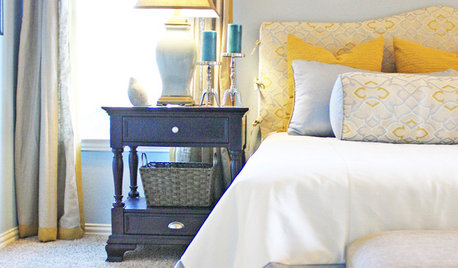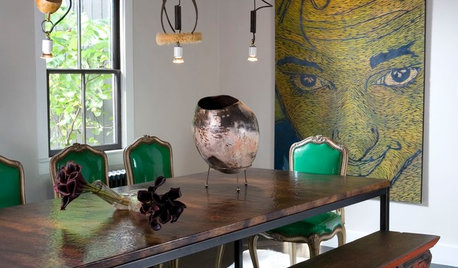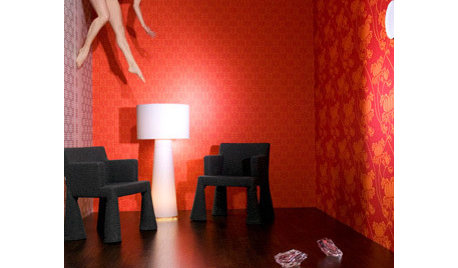What am I doing wrong?
kitchendesign
17 years ago
Related Stories

COLOR8 Color Palettes You Can't Get Wrong
Can't decide on a color scheme? Choose one of these foolproof palettes for a room that feels both timeless and fresh
Full Story
LIFEYou Said It: ‘Every Room Should Have the Right Wrong Thing’ and More
This week on Houzz we were inspired to break out of catalog styling ruts and let our design freak flags fly
Full Story
REMODELING GUIDESWhy Marble Might Be Wrong for Your Bathroom
You love its beauty and instant high-quality appeal, but bathroom marble has its drawbacks. Here's what to know before you buy
Full Story
LIFEYou Said It: ‘The Wrong Sink Can Make You Hate Your Kitchen’
Design advice, inspiration and observations that struck a chord this week
Full Story
GARDENING GUIDESWhat's Wrong With My Plant? Leaves Often Hold the Clues
Learn how to identify common plant ailments by reading their leaves
Full Story
DECORATING GUIDESSay 'I Do' to Beautiful Wedding Memory Displays
You'll love and cherish these creative vignettes, artwork and more that keep the happiness of your special day at hand
Full Story
ORGANIZINGDo It for the Kids! A Few Routines Help a Home Run More Smoothly
Not a Naturally Organized person? These tips can help you tackle the onslaught of papers, meals, laundry — and even help you find your keys
Full Story
INSIDE HOUZZUsing Houzz: Create a Home To-Do List
See how to use an ideabook to keep track of your home projects this year
Full Story







RCMJr
kitchendesignOriginal Author
Related Professionals
Fontana Solar Energy Systems · Hawthorne Solar Energy Systems · Madison Solar Energy Systems · Moorpark Solar Energy Systems · Quincy Solar Energy Systems · California Home Builders · Centralia Home Builders · Duarte Home Builders · Homestead Home Builders · Austin Roofing & Gutters · Brentwood Roofing & Gutters · Edison Roofing & Gutters · St. Louis Roofing & Gutters · Sauk Village Roofing & Gutters · South Orange Roofing & Guttersbushleague
RCMJr
solargary
fsq4cw
woodchuckcanuck_com
barrybud